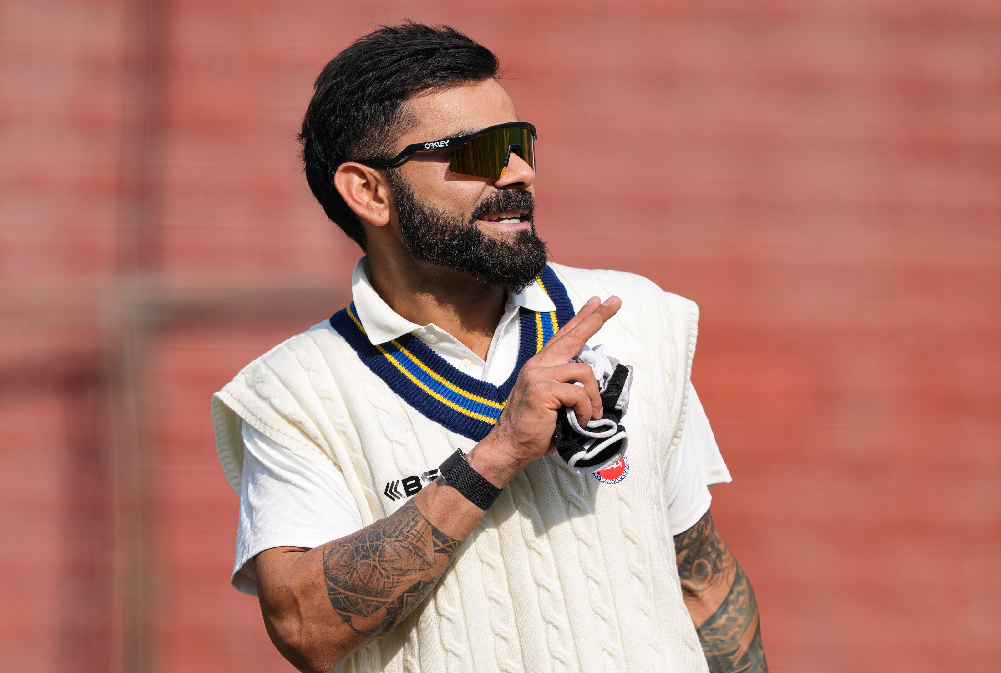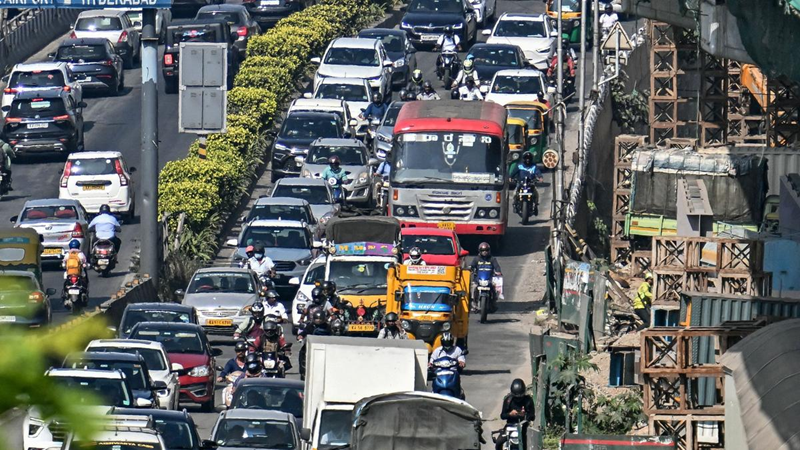
How reliable are Modi government’s growth figures for India?
Noted economist, professor and Former central bank Governor Raghuram Rajan has cautioned against India’s reliance on the ‘hype’ surrounding its robust economic growth, stressing the need to address significant structural issues to unlock the country’s full potential, as reported by Bloomberg.
India’s gross domestic product or GDP expanded by 6.1 per cent in the fourth quarter (Q4) of fiscal year 2022-23, according to the official data shared by the National Statistical Office (NSO).
For the entire FY23, the growth rate came in at 7.2 per cent. In Q4FY22, gross domestic product (GDP) growth was 4 per cent.
The growth in real GDP during 2022-23 is estimated at 7.2 per cent as compared to 9.1 per cent in 2021-22, while nominal GDP or GDP at Current Prices in the year 2022-23 is estimated to attain a level of Rs 272.41 lakh crore, as against Rs 234.71 lakh crore in 2021-22, showing a growth rate of 16.1 per cent.
Despite the government’s projection of over 7% growth in the upcoming fiscal year, Rajan cautioned against complacency. He criticized the government over misplaced priorities and urged a re-evaluation of resource allocation.
But it is not Rajan alone; two more eminent economists flagged the same concerns.
Former chief economic adviser Arvind Subramanian’s research findings about India’s rosy gross domestic product (GDP) figures should put to rest whatever little doubt that might have still remained about the need for a thorough and credible review.
Speaking at the India Today Conclave, former chief economic adviser Arvind Subramanian said India’s latest GDP numbers are ‘absolutely mystifying’ and difficult to comprehend.
“I can’t understand the latest GDP numbers, they are mystifying, and don’t add up. For example, the implied inflation numbers given by the government are between 1-1.5%, but the actual inflation is around 3-5%,” he said.
16th Finance Commission Chairperson Arvind Panagariya panned theories that India’s surprise surge in economic growth to above 8% last quarter was distorted.
Experts turned out to be wrong in their forecasts by several miles, Panagariya added. A sharp divergence in the growth rates based on GDP and Gross Value Added (GVA) led to some economists saying GDP may have been ‘overstated’.
As it turns out, India’s official GDP data probably overstated growth by as much as 2.5 percentage points between 2011-12 and 2016-17. So, annual growth during the period was about 4.5%, far weaker than the close to 7% figure officially reported, according to Subramanian.
If the findings are true, what they imply is that India was not the fastest growing major economy in the world, though Prime Minister Narendra Modi didn’t lose any opportunity to showcase that crown as his government’s achievement.
Questions over the quality of Indian data have been growing since 2015, when the Modi government made major changes in the way it calculates GDP. Eminent economists, including Raghuram Rajan and Gita Gopinath, have flagged the anomalies in the new system.
Concerns grew when as much as 38% of the companies that were part of a database used in the new GDP calculations could not be traced or were wrongly classified. Subramanian was a key figure in the government, advising none less than the finance minister.
Now that he too has raised a red flag, the government must listen. “What we need is a pragmatic approach,” Rajan said.
Quoting China’s former leader Deng Xiaoping, who spearheaded that country’s economic reforms, Rajan said if India learns anything from China, it should be “it doesn’t matter whether the cat is black or white, it matters whether it catches mice,” he said.
 English daily published in Bengaluru & Doha
English daily published in Bengaluru & Doha






